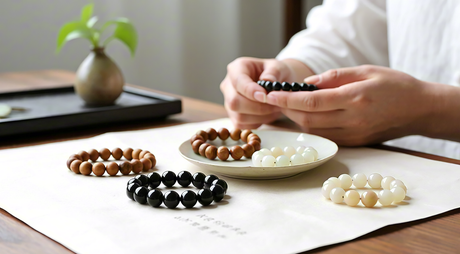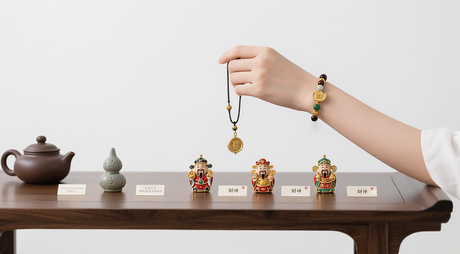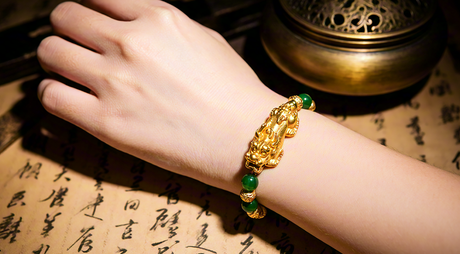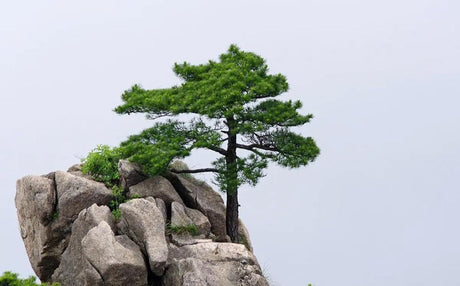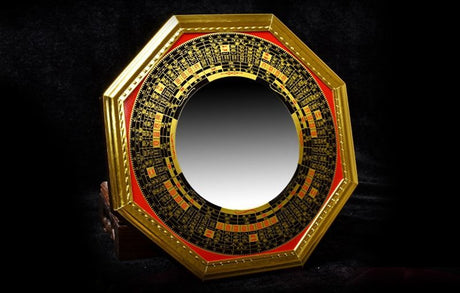Halloween isn’t just about candy and costumes—it’s packed with fascinating history, quirky traditions, and eerie legends that have traveled across centuries. Whether you’re a trivia lover or simply looking for conversation starters for your next Halloween party, these fun facts will help you see the spooky season in a whole new light.
Table of Contents 🎃
- The Celtic Roots of Halloween
- Why Black Cats Became a Halloween Symbol
- The Story Behind Jack-o’-Lanterns
- “Trick or Treat” Origins
- Halloween Around the World
- The Business of Halloween
- Scariest Halloween Movies Ever Made
- Strangest Halloween Superstitions
- Most Popular Costumes Each Year
- Fun Social Media Trends
- Conclusion
1. The Celtic Roots of Halloween
Halloween traces its origins to Samhain, an ancient Celtic festival marking the end of harvest and the start of winter. People believed that on October 31, the boundary between the living and the spirit world thinned, allowing ghosts to roam freely. To ward off mischief, villagers lit bonfires and wore disguises to confuse any wandering spirits. As Christianity spread across Europe, Samhain traditions blended with All Saints’ Day and All Souls’ Day, eventually evolving into the Halloween we know today. Even modern rituals, like dressing up and trick-or-treating, echo these age-old practices, connecting contemporary celebrations with centuries-old beliefs.
2. Why Black Cats Became a Halloween Symbol
Black cats are charming today, but during the Middle Ages, they were feared as companions of witches. Superstitions claimed they could transform into humans or bring bad luck if they crossed your path. These eerie associations made black cats a Halloween icon over time. Interestingly, in some cultures, black cats are considered good luck—like in Japan or parts of the UK. So, when you spot a black cat on Halloween night, it might be a spooky omen… or just a furry friend enjoying the festivities. Their mysterious allure perfectly complements Halloween’s mix of fun and fright.

3. The Story Behind Jack-o’-Lanterns
The glowing pumpkin lantern comes from an Irish folktale about “Stingy Jack,” a man who tricked the Devil and was condemned to wander the earth with only a carved turnip and a coal to light his way. Irish immigrants brought this tradition to America, where they discovered pumpkins, larger and easier to carve. Over time, the turnip was replaced by the pumpkin, and the Jack-o’-Lantern became one of Halloween’s most beloved symbols. Today, people carve intricate designs and display them on porches, keeping the centuries-old legend alive in a fun and artistic way.
4. “Trick or Treat” Origins
The phrase “trick or treat” may seem modern, but it dates back centuries. In medieval Europe, poor families would go door-to-door offering prayers for the dead in exchange for “soul cakes,” a practice known as souling. Irish and Scottish immigrants brought this tradition to America, where it gradually transformed. By the 1920s, children were dressing up and asking neighbors for candy, and the playful phrase “trick or treat” became the standard. What began as a solemn ritual honoring the dead evolved into the cheerful and interactive tradition we enjoy today.

5. Halloween Around the World
While Halloween is huge in the U.S., other countries have their own unique celebrations. In Mexico, families honor ancestors during Día de los Muertos with colorful altars, food, and music. The UK celebrates Guy Fawkes Night on November 5th with fireworks and bonfires. In Japan, the Obon Festival welcomes ancestral spirits with lanterns and dances. Even if costumes and rituals vary, a common theme emerges: honoring the dead and celebrating community. This global perspective highlights how Halloween and similar festivals connect people to history, family, and culture.
6. The Business of Halloween
Halloween isn’t just spooky—it’s big business. Americans spend billions each year on candy, costumes, and decorations. Pet costumes are a rising trend, with tiny pumpkin outfits, superhero gear, and more. Retailers see massive spikes in seasonal décor sales, from inflatable ghosts to themed kitchenware. What began as a simple harvest festival has transformed into a thriving industry. Halloween proves that while we love to celebrate fear and fantasy, it’s also a holiday that fuels creativity, shopping, and economic activity on a global scale.

7. Scariest Halloween Movies Ever Made
A proper Halloween isn’t complete without a scary movie marathon. Classics like Halloween (1978) and The Exorcist (1973) continue to terrify audiences. For families, lighter films like Hocus Pocus or Casper offer fun without nightmares. Horror has become integral to Halloween, inspiring costumes, parties, and even haunted house attractions. Whether you enjoy jump scares or playful frights, Halloween provides the perfect excuse to press play and immerse yourself in cinematic chills, keeping the spooky spirit alive in homes around the world.
8. Strangest Halloween Superstitions
Halloween comes with some wonderfully odd superstitions. In parts of Europe, ringing church bells on October 31 was believed to drive away evil spirits. Spotting a spider on Halloween was thought to signal a loved one’s spirit watching over you. Some peeled an apple in one long strip and tossed it over their shoulder to reveal the first letter of a future spouse’s name. While these beliefs might make us chuckle today, they reflect a rich folklore and a playful fascination with fate, spirits, and the unknown—central elements of Halloween’s enduring charm.
9. Most Popular Costumes Each Year
Halloween costumes reflect culture and pop trends. Classic witches, vampires, and skeletons remain popular, but movies, TV shows, and superheroes dominate annual trends. In recent years, characters from Disney, Stranger Things, and Marvel have topped the charts. Couples and group costumes—like dynamic duos or squad themes—are also a hit. Even pets join in the fun, dressed as pumpkins, superheroes, or tiny ghosts. Costumes turn Halloween into a full-family, creative event, highlighting both tradition and contemporary culture in a playful way.

10. Fun Social Media Trends
Halloween thrives online. TikTok showcases jaw-dropping makeup transformations, while Instagram is filled with pumpkin-carving challenges, spooky décor, and viral pranks. Pet costume contests, themed recipes, and creative DIY projects engage audiences worldwide. Social media has transformed Halloween into a global stage for creativity, letting people share their spooky experiences instantly. For many, capturing the perfect eerie or fun moment is just as important as the candy, turning the holiday into a digital celebration of imagination and community.
Conclusion
Halloween is more than trick-or-treating—it’s a rich mix of history, folklore, and modern creativity. From Celtic roots to viral TikToks, every tradition adds to the magic of October 31. When you light a Jack-o’-Lantern, dress in costume, or watch a spooky movie, you’re participating in centuries of stories and customs. Share one of these fun facts at your next Halloween gathering—you might just become the ghostly trivia expert everyone remembers.



